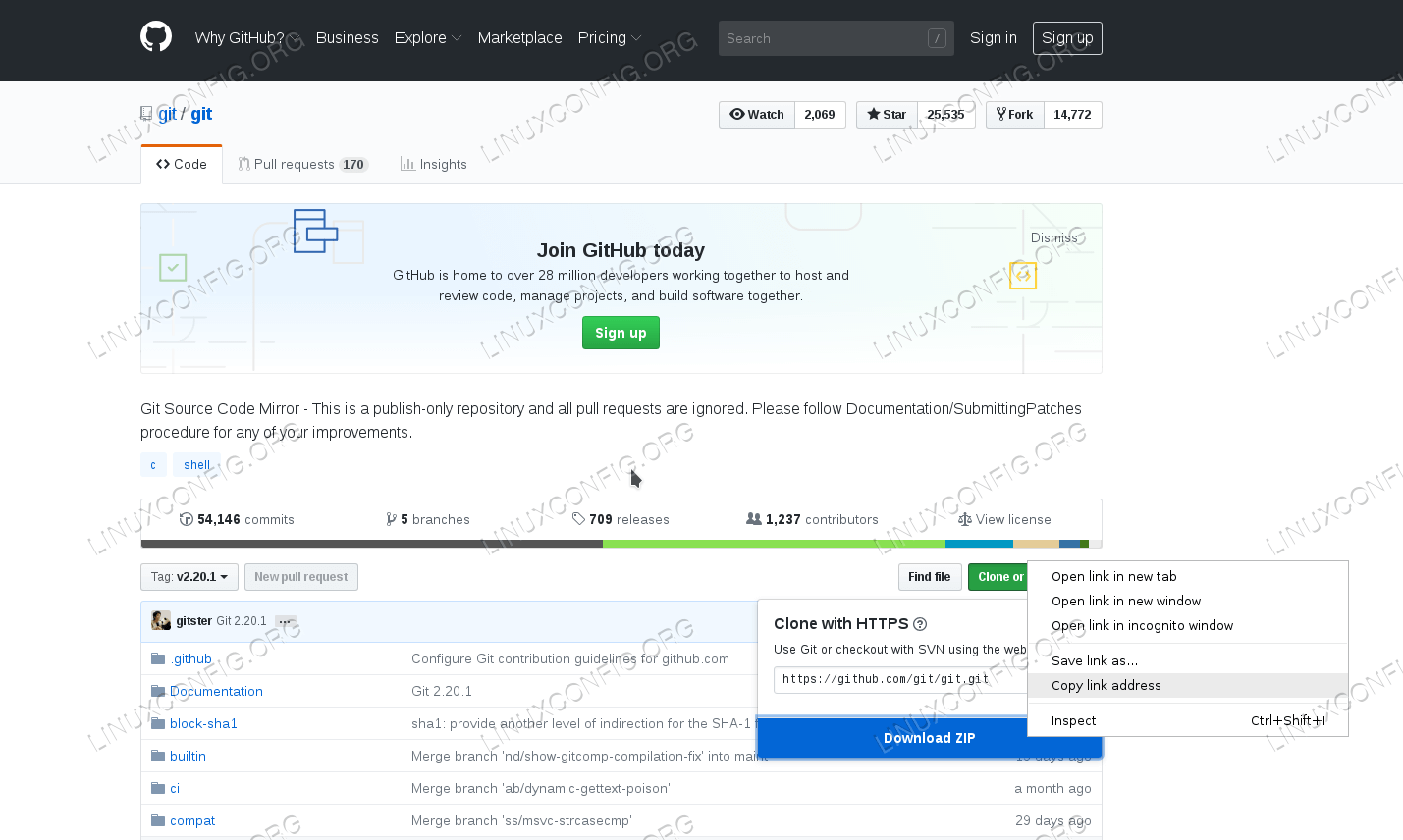

Once the JAVA package has been downloaded, install it using yum as follows:įor 32bit systems use: # yum install /opt/jdk-8-linux-i586.rpmįor 64bit systems use: # yum install /opt/jdk-8-linux-圆4.rpmĬonfigure the JAVA package using alternatives as in: # JDK_DIRS=($(ls -d /usr/java/jdk*))

O /opt/jdk-8-linux-圆4.rpm for 32-bit systems: # wget -no-cookies \ header "Cookie: oraclelicense=accept-securebackup-cookie" \ At the time of writing this article the latest version of JAVA is 8u25 and can be downloaded and installed using the following commands: for 64-bit systems: # wget -no-cookies \ Next, JAVA is required for Gerrit installation, and you can download the latest version of JAVA easily.

Install git and vim # yum install git vim 2. Gerrit allows any authorized user to submit changes to the master Git repository, which simplifies the process when an approved change has to be merged in manually by the project maintainer.įirst thing to do, is to SSH to your server, initiate a screen session and make sure your CentOS 7 VPS is fully up-to-date by running: # screen -U -S gerrit-screen Gerrit makes code review easier by generating the code changes in a side-by-side preview, allowing inline comments that can be added by a reviewer. How to install Gerrit2 on CentOS 7. Gerrit is a web based code review application which uses the Git version control system.


 0 kommentar(er)
0 kommentar(er)
